
Father Damien or Saint Damien of Molokai, SS.CC. or Saint Damien De Veuster, born Jozef De Veuster, was a Roman Catholic priest from Belgium and member of the Congregation of the Sacred Hearts of Jesus and Mary, a missionary religious institute. He was recognized for his ministry, which he led from 1873 until his death in 1889, in the Kingdom of Hawaiʻi to people with leprosy, who lived in government-mandated medical quarantine in a settlement on the Kalaupapa Peninsula of Molokaʻi.

Molokai is the fifth most populated of the eight major islands that make up the Hawaiian Islands archipelago in the middle of the Pacific Ocean. It is 38 by 10 miles at its greatest length and width with a usable land area of 260 sq mi (673.40 km2), making it the fifth-largest in size of the main Hawaiian Islands and the 27th largest island in the United States. It lies southeast of Oʻahu across the 25 mi (40 km) wide Kaʻiwi Channel and north of Lānaʻi, separated from it by the Kalohi Channel.
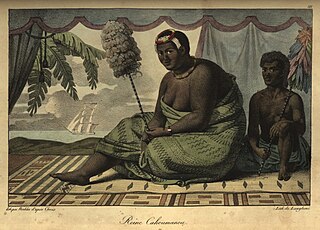
Kaʻahumanu was queen consort and acted as regent of the Kingdom of Hawaiʻi as Kuhina Nui. She was the favorite wife of King Kamehameha I and also the most politically powerful, and continued to wield considerable power as co-ruler in the kingdom during reigns of his first two successors.

The Diocese of Honolulu is a Latin Church ecclesiastical territory or diocese of the Catholic Church for the state of Hawaii in the United States. It is a suffragan diocese in the ecclesiastical province of the metropolitan Archdiocese of San Francisco.

The ʻAi Noa, was a period of taboo-breaking which convulsed the Hawaiian Islands in October 1819. Women were allowed to eat forbidden food and to eat with men; the priests were no longer to offer human sacrifices; the many prohibitions surrounding the high chiefs were relaxed.
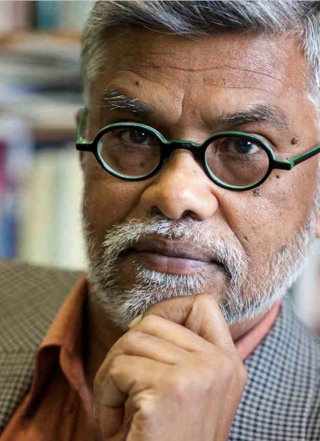
Brij Vilash Lal, OF was an Indo-Fijian historian who wrote about the Pacific region and the Indian indenture system. A harsh critic of the Bainimarama government, which originated in the military coup of 2006 and retained power in the 2014 elections, he lived in exile in Australia.
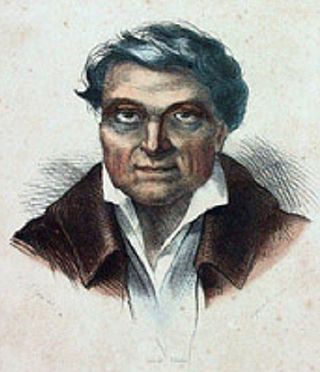
John Young was a British subject who became an important military advisor to Kamehameha I during the formation of the Kingdom of Hawaii. He was left behind by Simon Metcalfe, captain of the American ship Eleanora, and along with a Welshman Isaac Davis became a friend and advisor to Kamehameha. He brought knowledge of the western world, including naval and land battle strategies, to Kamehameha, and became a strong voice on affairs of state for the Hawaiian Kingdom. He played a big role during Hawaii's first contacts with the European powers. He spent the rest of his life in Hawaiʻi. Between 1802 and 1812, John Young ruled as Royal Governor of Hawaii Island while King Kamehameha was away on other islands. He organized the construction of the fort at Honolulu Harbor. The Hawaiians gave him the name ʻOlohana based on Young's typical command "All hands ".

Ralph Simpson Kuykendall was an American historian who served as the trustee and secretary of the Hawaiian Historical Society from 1922 to 1932. Kuykendall also served as professor of history at the University of Hawaii at Manoa. He is most noted as a historian of the Hawaiian Islands, South Pacific, and Pacific Northwest.

Eduard Christian Arning was an English-German dermatologist and microbiologist from Manchester.
John M. Systermans was born Jean-Marie Systermans, but was better known as Father Henry Systermans or Pater Henri Systermans. He was a 20th-century Belgian-born missionary and priest with the Congregation of the Sacred Hearts of Jesus and Mary. He served for most of his life in Hawaii most notably during the 1950s at the leper colony at Kalaupapa on Molokai. His service there followed in the tradition of fellow Belgian priest, Saint Damien, and his contributions were part of the research gathered by Gavan Daws for the definitive biography Holy Man: Father Damien of Molokai.
Hyland Neil "Hank" Nelson was one of Australia's foremost historians of the Pacific, particularly Papua New Guinea. His interest in the region began in 1966 when he took a teaching position at the Administrative College of Papua New Guinea and later the University. He lived in Papua New Guinea for seven years and studied the period of Japanese occupation, which led to several publications.

Rudolph Wilhelm Meyer (1826–1897) was a German who managed an early agricultural business in the Kingdom of Hawaii.
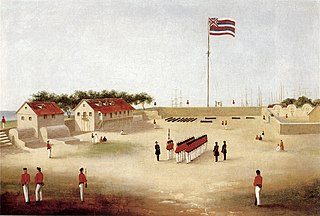
The French invasion of Honolulu was an attack on Honolulu, capital of the Hawaiian Kingdom, by French admiral Louis Tromelin in 1849 in retribution for the local persecution of Catholics and repression of French trade.

Georges Phillipe Trousseau was a French physician who became the royal doctor of the Kingdom of Hawaii, and engaged in a variety of agricultural ventures.
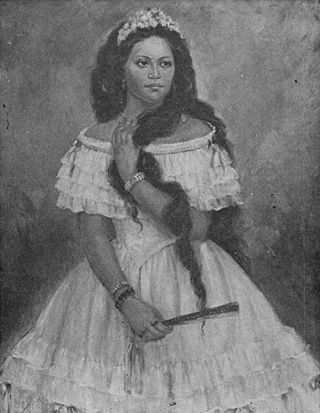
Nancy Wahinekapu Sumner was a high chiefess during the Kingdom of Hawaii of Hawaiian, Tahitian and English descent. She served as lady-in-waiting of Queen Emma and was one of the most prominent ladies of the Hawaiian royal court during the reigns of Kamehameha IV and Kamehameha V.
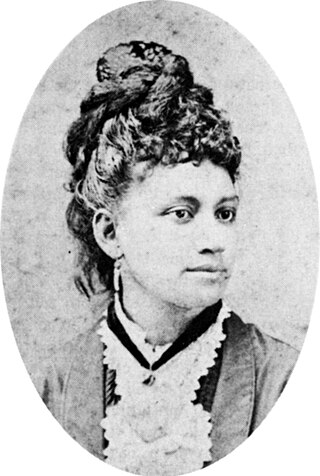
Elizabeth Sumner Chapman Achuck Lapana Keawepoʻoole was a Hawaiian high chiefess during the Hawaiian Kingdom and lady-in-waiting of Princess Likelike. An accomplished Hawaiian composer, she composed the popular Hawaiian love song Sanoe with Queen Liliʻuokalani, which was about a love affair in the Hawaiian royal court in the 1870s.
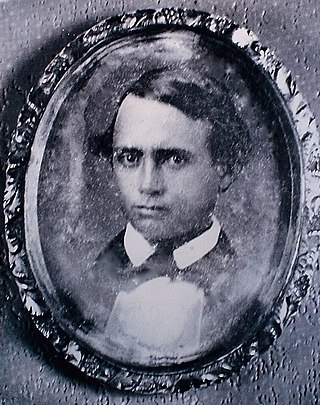
William Keolaloa Kahānui Sumner, Jr. was a high chief of the Kingdom of Hawaii through his mother's family; his father was an English captain from Northampton. Sumner married a Tahitian princess. Aided by royal family connections, he became a major landowner and politician in Hawaii.
After the outbreak of the American Civil War, the Kingdom of Hawaii under King Kamehameha IV declared its neutrality on August 26, 1861. However, many Native Hawaiians and Hawaii-born Americans, abroad and in the islands, enlisted in the military regiments of various states in the Union and the Confederacy.
Hewahewa was a Hawaiian religious leader who served as kahuna nui of King Kamehameha I and his successor Kamehameha II. Hewahewa was a powerful figure in the royal court of Hawaii and played a major role in the abolition of the kapu system, the decline of the native religion of Hawaii, and the introduction of Christianity to the Hawaiian Kingdom.
Angels of War is a 1982 Australian documentary film, created by Andrew Pike, Hank Nelson and Gavan Daws, about the Fuzzy Wuzzy Angels in Papua New Guinea in World War 2.














